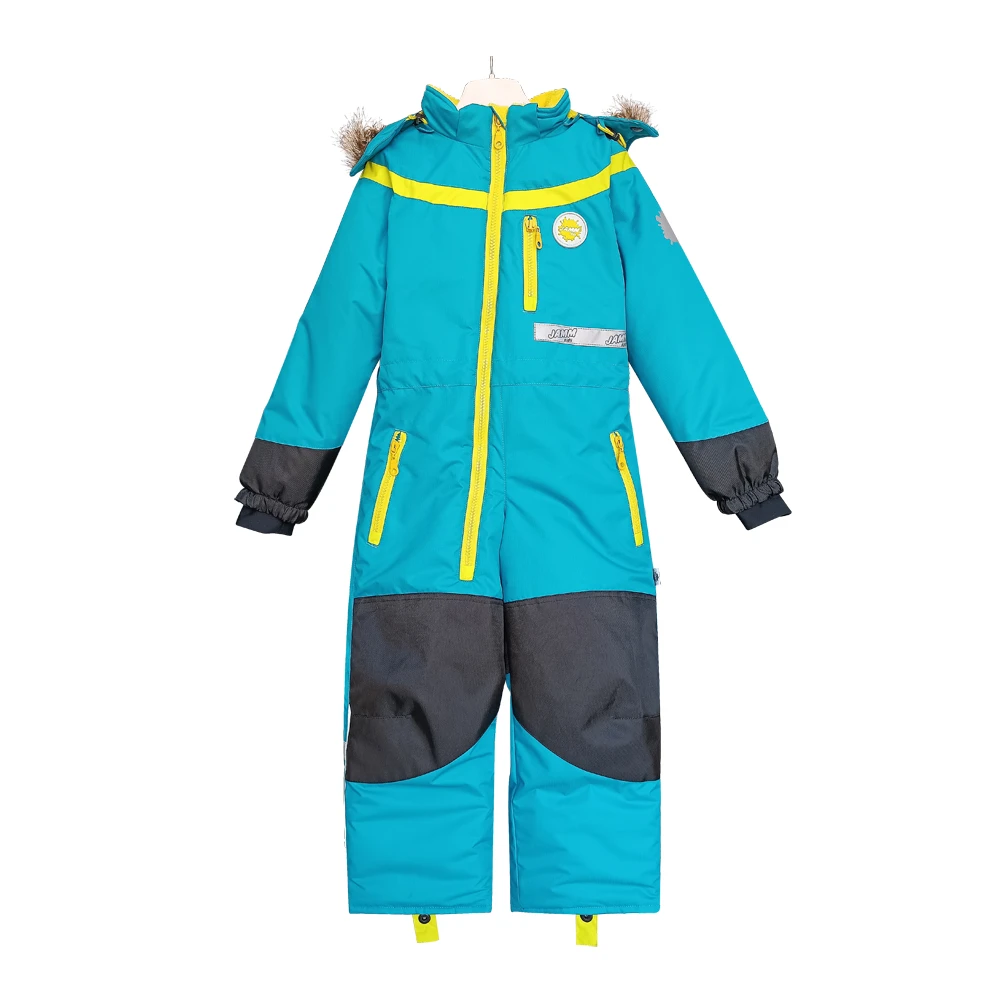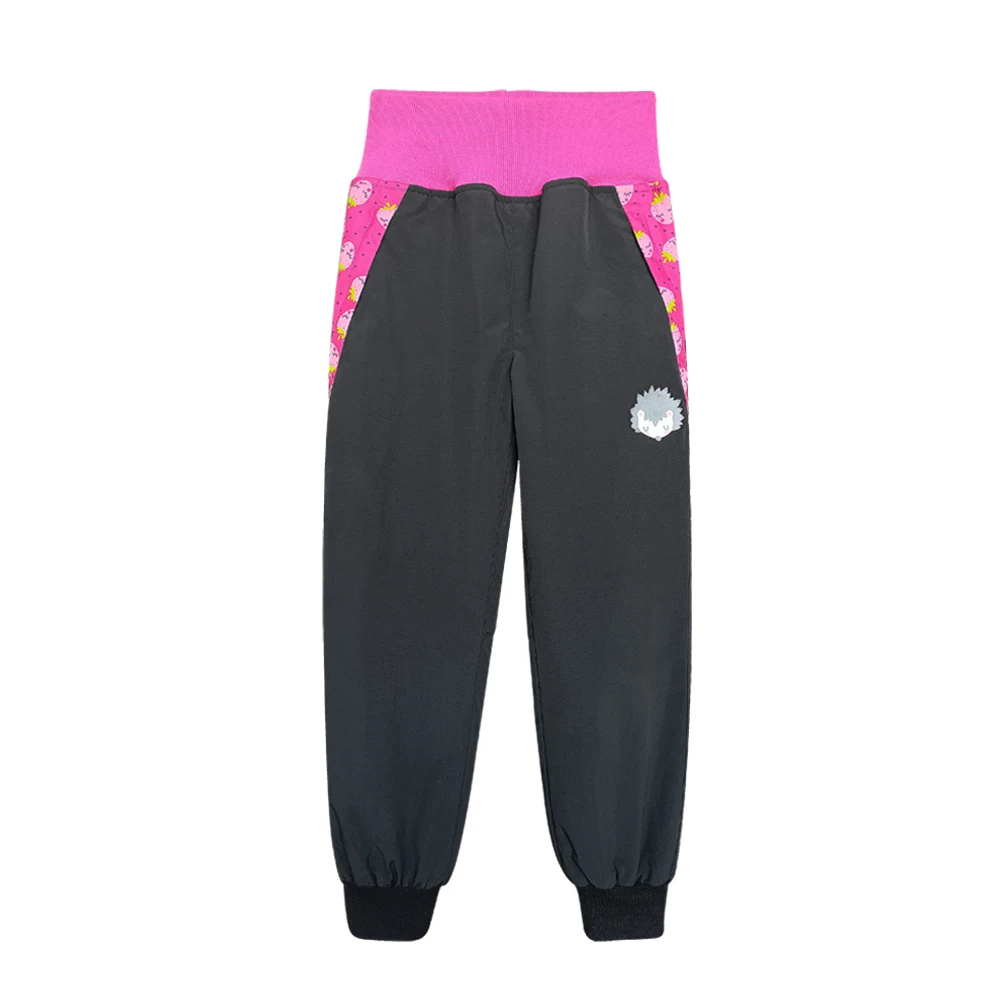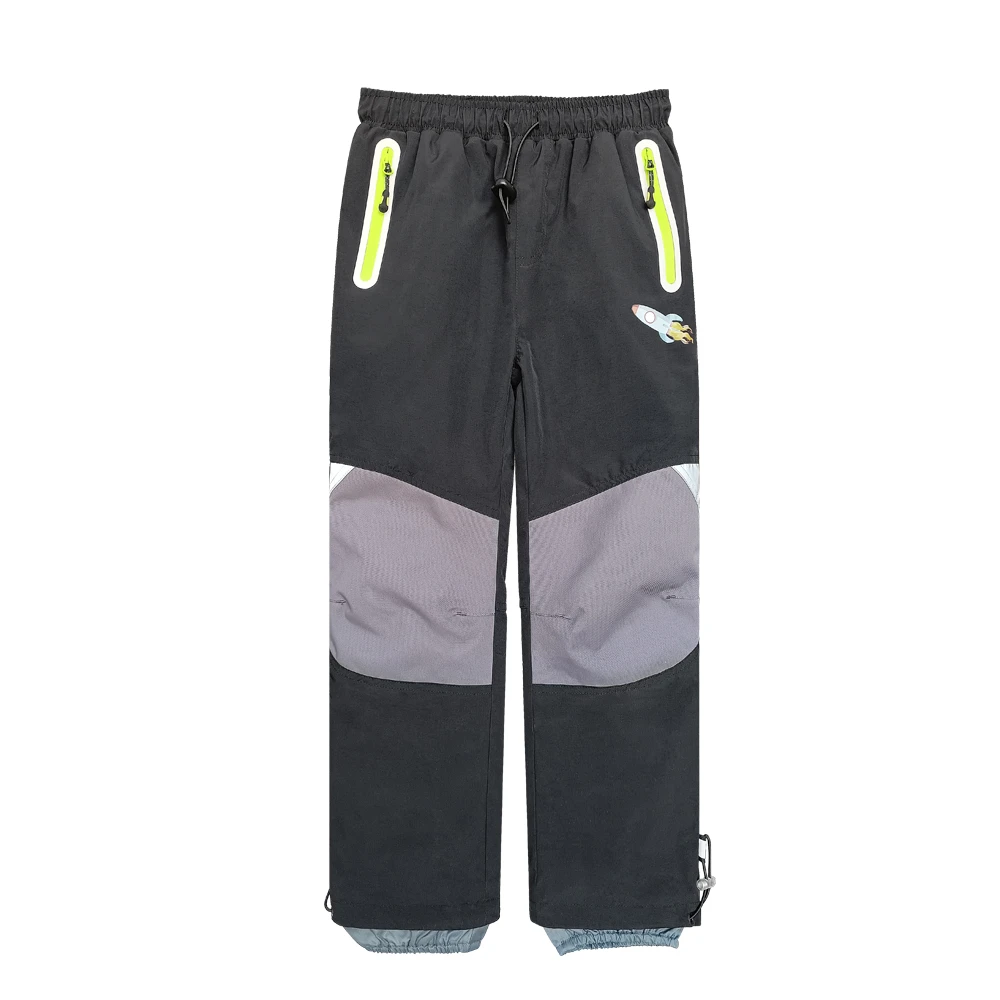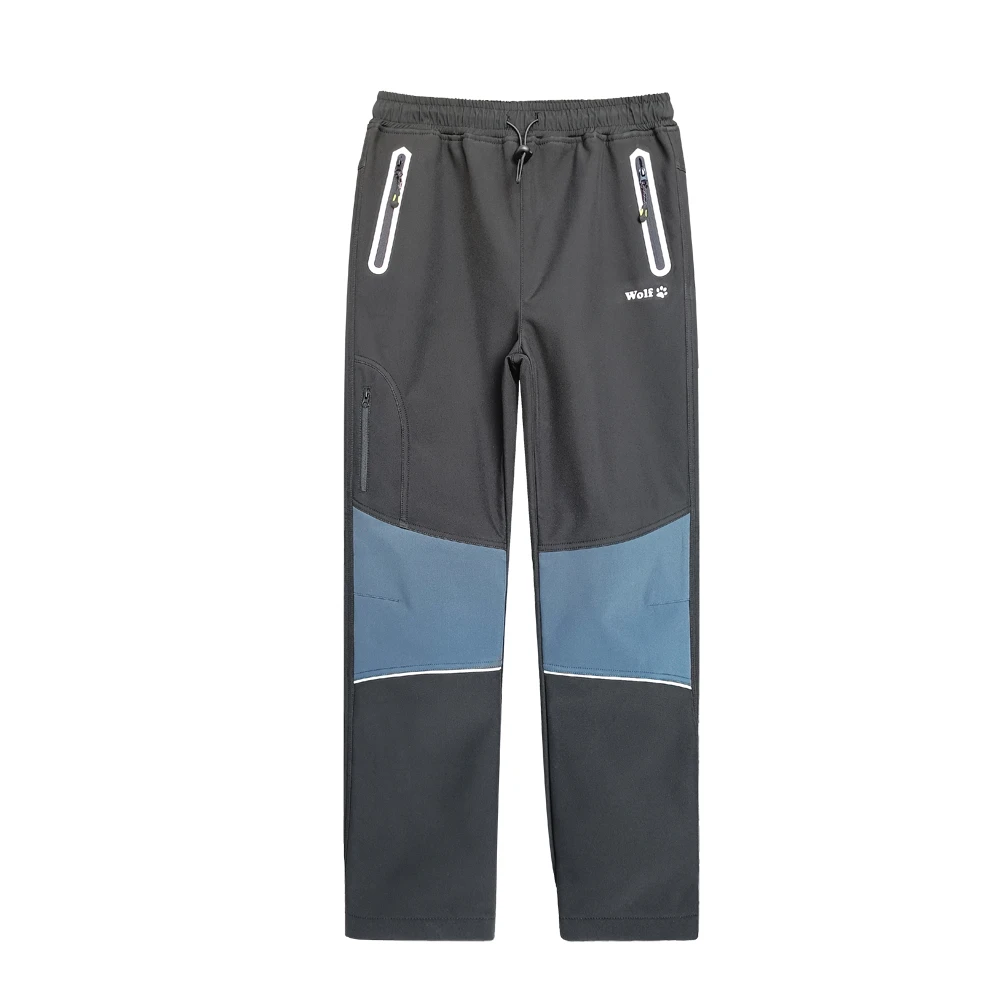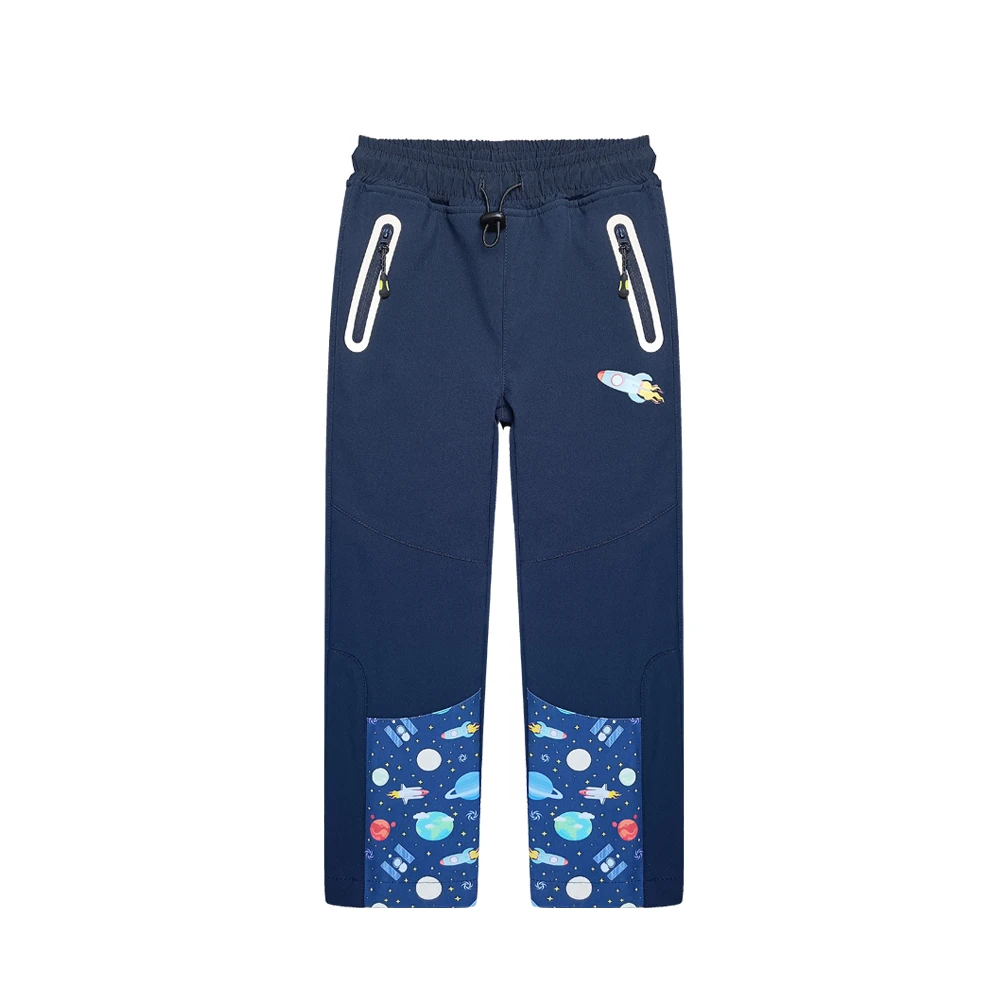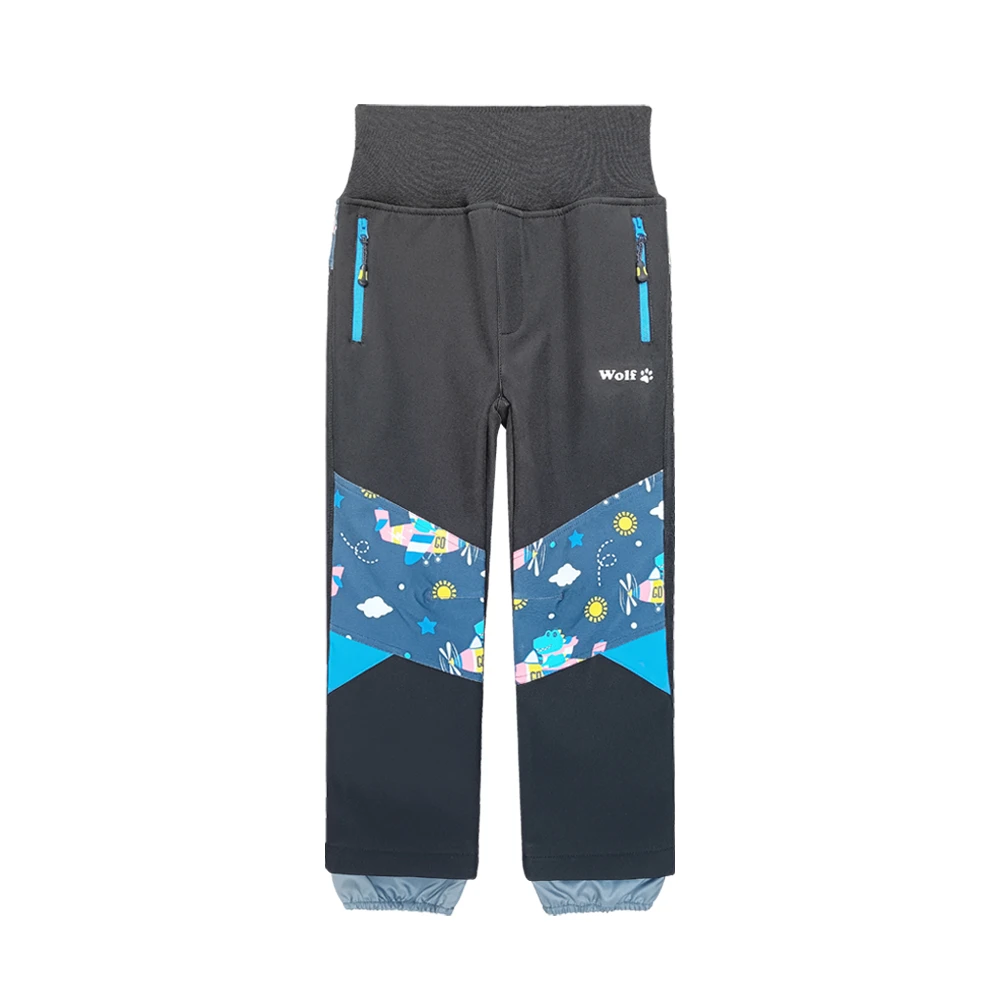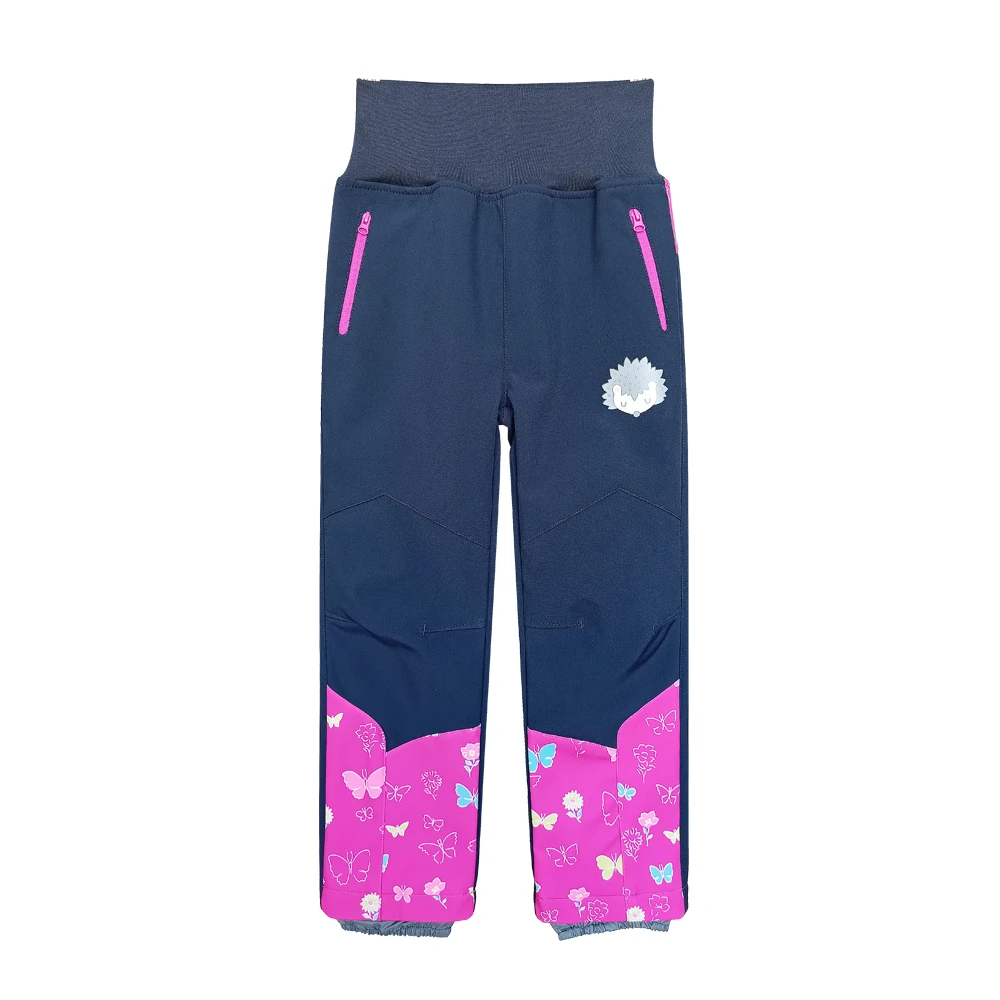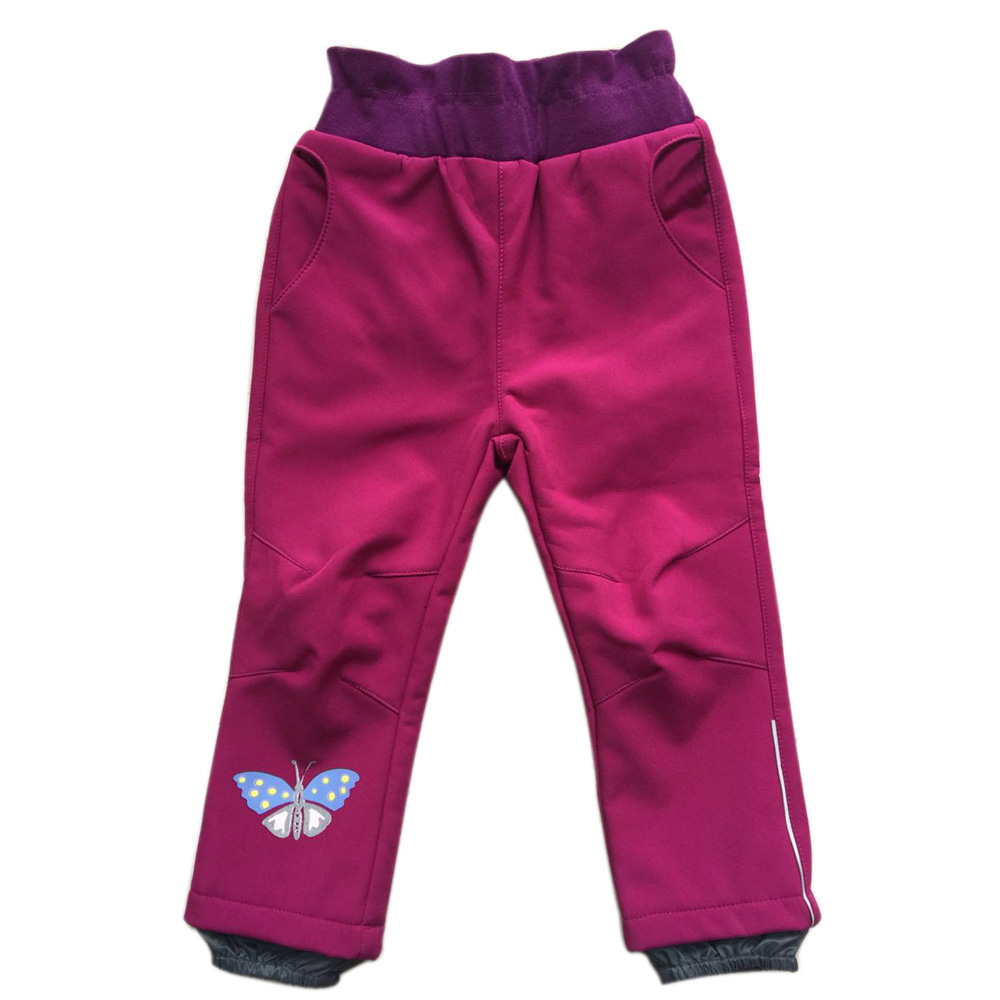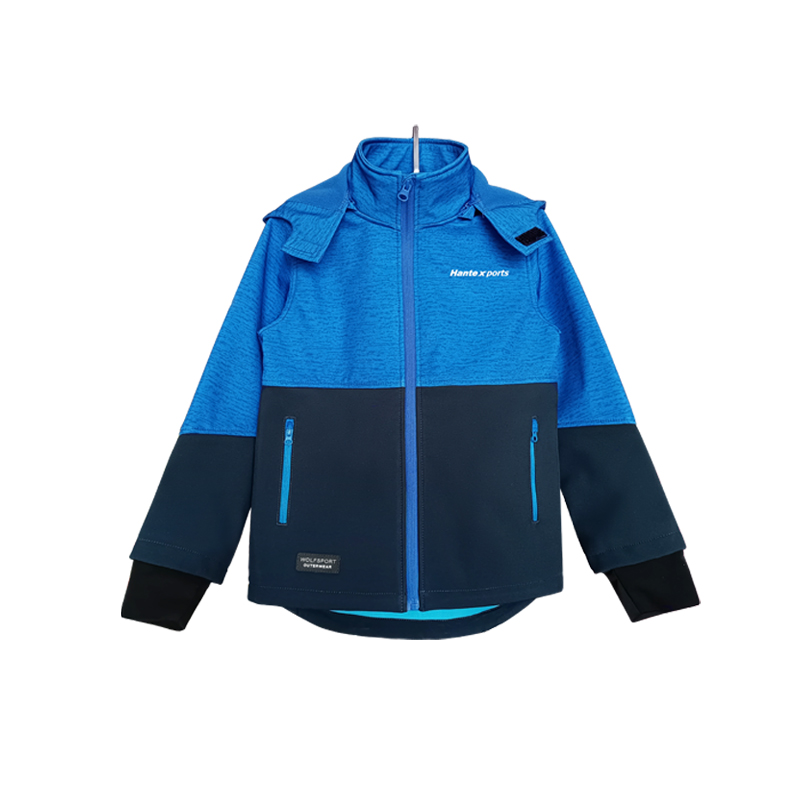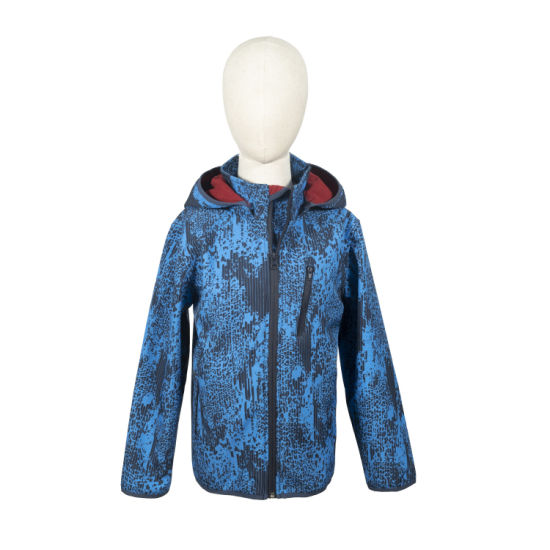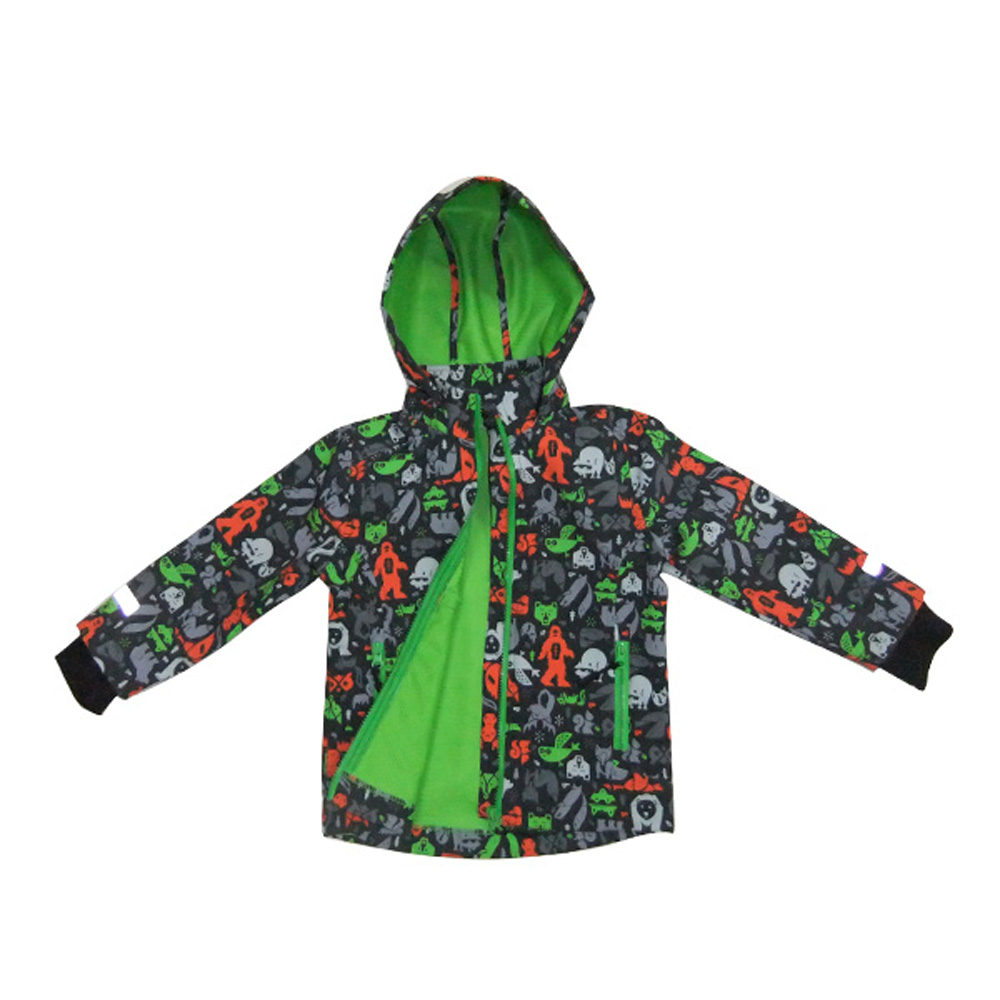Why Carbon Sportswear Is Gaining Ground in Industrial Circles
After spending a fair bit of time around industrial gear and tough-as-nails fabrics, I can tell you that carbon sportswear is something worth talking about. Not just your typical workout outfit — it’s an intelligent fusion of durability, breathability, and surprisingly good comfort. Oddly enough, it started making a splash in the sportswear market nearly a decade ago, but now, more and more industrial pros are giving it some serious attention.
There’s something about carbon-infused textiles that feels like the future — lightweight yet strong, flexible but robust enough to stand up to rough use. If you’re familiar with the frustrating tradeoff between comfort and protection in industrial clothing, this tech feels like it’s finally bridging that gap. For me, it’s like putting on gear that respects your body’s need to breathe, move, and yet protect you on the job.
The Science Behind Carbon Sportswear Fabrics
Without turning into a lab lecture, carbon sportswear fabrics typically involve weaving carbon fibers with polyester or nylon blends. The resulting textile gains tensile strength but stays light. Then, manufacturers might add fleece linings or other moisture-wicking layers to round it out. The carbon fibers aren’t just for show or style — they’re what give the apparel anti-static properties and help with temperature regulation.
I remember when we first tested some prototypes in a pilot hand tool manufacturing plant. The workers liked how their shoulders and backs never felt overheated during 12-hour shifts, even in tricky warehouse conditions. The material’s resistance to abrasion was a nice bonus, especially around rough edges and heavy machinery. I suppose it’s a bit like armor for your skin without the bulk.
Product Specifications: What to Look For
| Feature | Specification |
|---|---|
| Fabric Composition | Carbon fiber blend with polyester/nylon |
| Weight | Approx. 220-280 gsm (grams per square meter) |
| Abrasion Resistance | High – suitable for industrial environments |
| Thermo-Regulating | Moderate to High – prevents overheating |
| Water Resistance | Water-repellent treatments available |
| Stretch & Flexibility | Good – accommodates diverse movements |
| Care | Machine washable, low shrinkage |
Comparing Leading Vendors in Carbon Sportswear
Honestly, jumping into the market, you’re met with plenty of options. Not all carbon sportswear is created equal, and suppliers have different strengths — some emphasize durability, others optimize for comfort, and a few are pushing design boundaries.
| Vendor | Durability | Comfort Level | Customization Options | Pricing |
|---|---|---|---|---|
| SoftShell Clothing | High | Very Comfortable | Extensive (colors, fits, logo) | Mid-range |
| CarbonGear Pro | Very High | Moderate | Limited | Premium |
| FlexWear Industrial | Moderate | High | Good | Budget |
A Quick Word on Customization and Real-World Use
What I find particularly interesting is how some vendors integrate customization right from the start. Work teams want their gear to fit the job and reflect their brand, identity, or even just their personal style. This isn’t vanity — it’s about team pride, morale, and comfort that ultimately enhances productivity.
One such story comes from a mid-sized packaging company, where management outfitted their line supervisors with carbon sportswear featuring reinforced patches and breathable zones. Not only did supervisors report feeling less fatigued, but their daily safety incidents dropped slightly — the apparel gave them better freedom to move without snags or overheating.
If you’re interested in a go-to resource for solid carbon sportswear options, you might want to check out SoftShell Clothing. They’ve been in the game a while, and their offerings feel balanced between ruggedness and comfort — something rare in this niche.
Wrapping It Up
So, if you’re hunting for industrial clothing that refuses to compromise, carbon sportswear should be on your radar. It’s not just marketing hype — in real terms, it’s an adaptive material that actually makes working long shifts easier and safer. Plus, it’s kind of cool feeling like you’re wearing a slice of tech innovation. The market is evolving fast, and frankly, I’m eager to see what’s next.
References & Personal Notes:- Industrial Textile Trends, April 2023 edition
- Worker Safety Journal, August 2022 field reports
- Personal interviews with SoftShell Clothing product engineers
